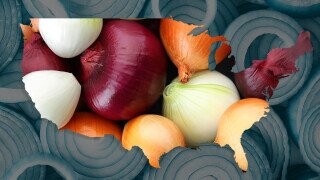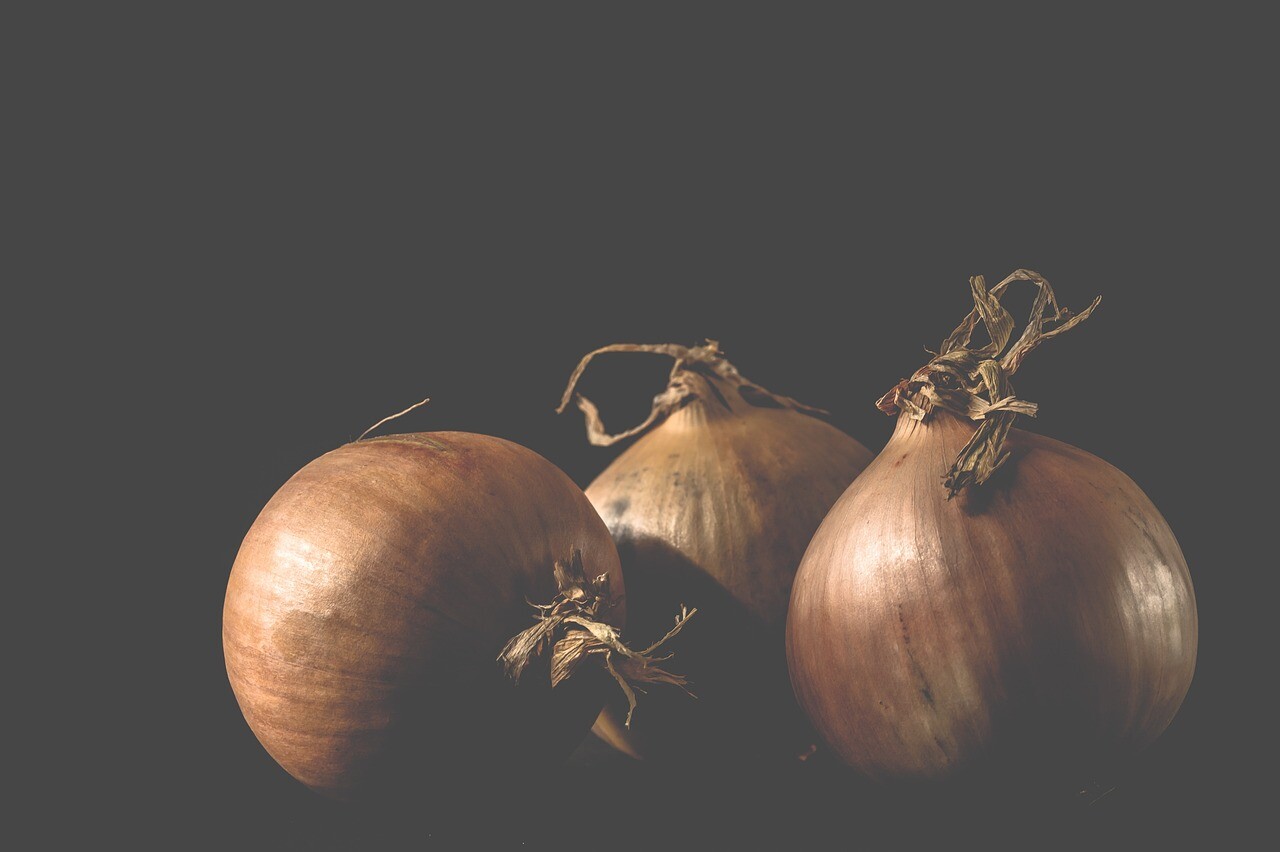Here’s the Guy Who Bought Every Onion in America

In the very possible case you’re not aware, there’s a healthy practice of investing in the futures of commodities, specifically among farmers. Commodities, which can be anything from oil to corn to sugar, have prices that fluctuate along with more speculative goods. As such, you can also invest in their futures. For example, wagering on an upcoming crash in the price of coffee. Farmers often use it as a form of hedging, so that in case the price of whatever they’re growing takes a nosedive, they’ll be saved by their side investment on the price of just such a market collapse.
That’s all a bit further into the weeds, than we need to go here, however. What I want to talk about is one esoteric bit of information within this greater bit of niche knowledge, and why it’s true. That’s the fact that there is only a single commodity banned from futures trading: onions. To this day, in the U.S., if you’d like to trade in onion futures, it remains illegal. This all due to the master plan of a single man named Vincent Kosuga.
Kosuga was a farmer who grew, among other things, onions. In 1955, he cooked up a plan, nay, a scheme, that seemed on its face both impossible and stupid. He was going to create a monopoly by purchasing every onion in the country. He immediately started buying every onion that was offered for sale and storing them along with his own onion harvests.
Don't Miss
Before I read this story, I assumed that trying to imagine the number of onions grown in the U.S. was about as feasible as imagining how many grains of sand exist on a beach. But it turns out, at least in 1955, I was wrong. Because Kosuga achieved his goal, and the virtual entirety of every commercially available onion in the U.S. wasn’t just imaginable, they all fit in a giant shed behind Kosuga's house.
Within a year, the onion buyout was complete. Kosuga, having completely cornered the market on onions, was now free to decide what an onion was worth. Unsurprisingly, he decided that onions were very valuable. Faced with the alternative of “no onions,” people paid up regardless. It was an extremely good time to be selling onions, and Kosuga was the only one with any onions to sell, meaning he was rolling in stinky onion money.

Now, if he’d stopped there, he still would have executed one of the most successful (and weirdest) market manipulations in history. He would also have been left with a shit-ton of rotting onions. This, however, was merely phase one of Kosuga’s master plan. Remember those future markets? Well, Kosuga began to invest heavily in onion futures, specifically, betting that the price of onions was about to bottom out.
Once his position was secured, he opened the floodgates. Imagine The Shining scene with the blood pouring from the elevators, and now replace that blood with the entire nation’s supply of onions, loosed onto the market in one great heave.
With an elementary understanding of supply and demand, you can predict what happened next. Suddenly, there were more onions than anyone could ever desire, and the price adjusted accordingly. Traders were flush with so many onions that they couldn’t give them away. They ended dumping a bunch of these recently golden onions in the Chicago River like they were Irish mob bodies.
Kosuga, meanwhile, made bank for the second time in as many months. His final take? $8.5 million in 1955 dollars, which would be almost $97 million today.
In 1958, their hand forced by Vincent Kosuga, the Onion King, Congress passed the “Onion Futures Act,” and trades on onion futures have been banned ever since.